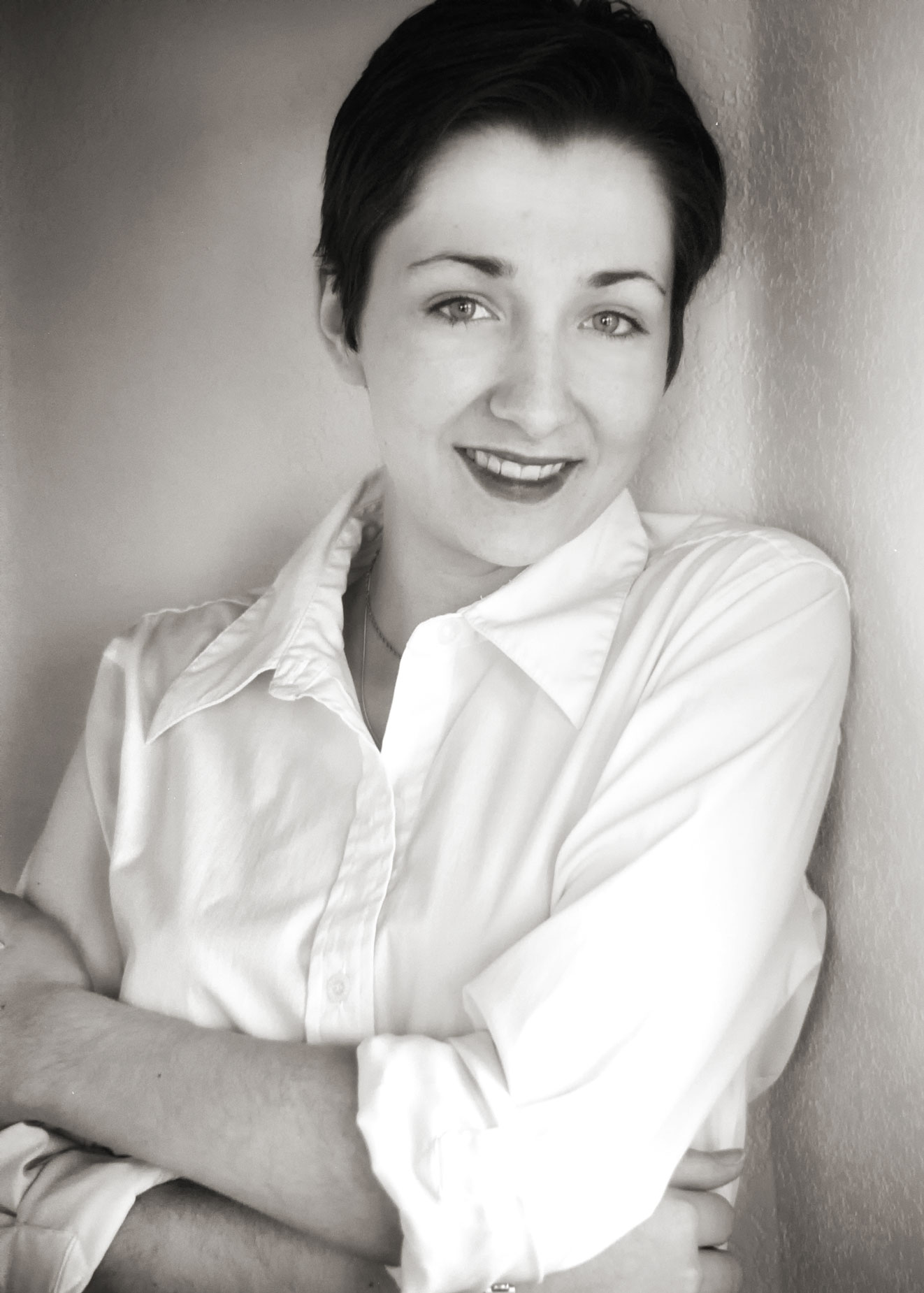Today’s Post by Joe Farace
“Photography is an art form like no other. It allows you to instantaneously capture time, and at the same moment, fade the colors of day into night so that you can print them out again and give them to the world, in the purity of black and white.” —Andri Cauldwell
Black and white is a wonderful media for making portraits because the lack of color helps to simplify the image, allowing the viewer to focus on the real subject of the photograph instead of being distracted by their clothing or surroundings. Sometimes the very nature of a subject demands the image be photographed in black and white. Arnold Newman’s 1946 portrait of Igor Stravinsky could have never been made as effectively in color. Trivia: Mr. Newman and I shared the same mentor early in each of our photographic careers. He must have really paid attention. Me? Not so much, it appears.
Monochrome Portraiture
 There are also some trendy aspects associated with creating photographs in black and white. Movies and fashion magazines periodically rediscover black and white as a way to produce images that look different than what’s currently shown. A perfect example is the heart breaking beautiful Blancanieves, a 2012 silent black-and-white film that re-imagines the Snow White story within the context of the 1920’s Spanish bullfighting world and if you haven’t already seen it, you simply must. (It’s on Joe’s Movie Clubs list of 100 favorite movies.)
There are also some trendy aspects associated with creating photographs in black and white. Movies and fashion magazines periodically rediscover black and white as a way to produce images that look different than what’s currently shown. A perfect example is the heart breaking beautiful Blancanieves, a 2012 silent black-and-white film that re-imagines the Snow White story within the context of the 1920’s Spanish bullfighting world and if you haven’t already seen it, you simply must. (It’s on Joe’s Movie Clubs list of 100 favorite movies.)
Over the past several years, many professional photographers have told me they saw a higher than normal demand for black and white portraits than previously was the case. Individual and family portrait decisions are also driven by these same trends. It’s something to think about for your next portrait shoot and since you can shoot in color and convert later to black & white, you still have that color original just in case…
How I Made this Portrait: There was a time when I made an arrangement— Mary actually made the deal for me—to photograph new models for a local modeling agency. Initially the images were made ere on film and I would typically shoot one roll of color negative and one of black and white film in a straight Time for Prints trade. If I was able to use the image in a story for Shutterbug, I would send the agency a copy of the magazine, which was a big deal back in the film era. As digital photography came in, I would give the models a CD of all the JPEG images we made together; they loved this approach.
In those days, other than a few speedlights I didn’t have any real lighting equipment and most of the images I made were shot using window light, like this portrait of a young woman. The photograph was made using a Contax167 MT with a Carl Zeiss 50mm f/1.4 in C/Y mount. The film used was Kodak Tri-X and the exposure was unrecorded. After processing, the film was scanned using Kodak’s Photo CD Process. You can read all about that here. After a tiny bit of retouching—there’s not much you can do with a black and white portrait—I added a little platinum toning to the final portrait because I thought the model, pose and mood had a delightful 1940’s vibe. A dash of Glamour Glow from Color Efex added the final touch.
